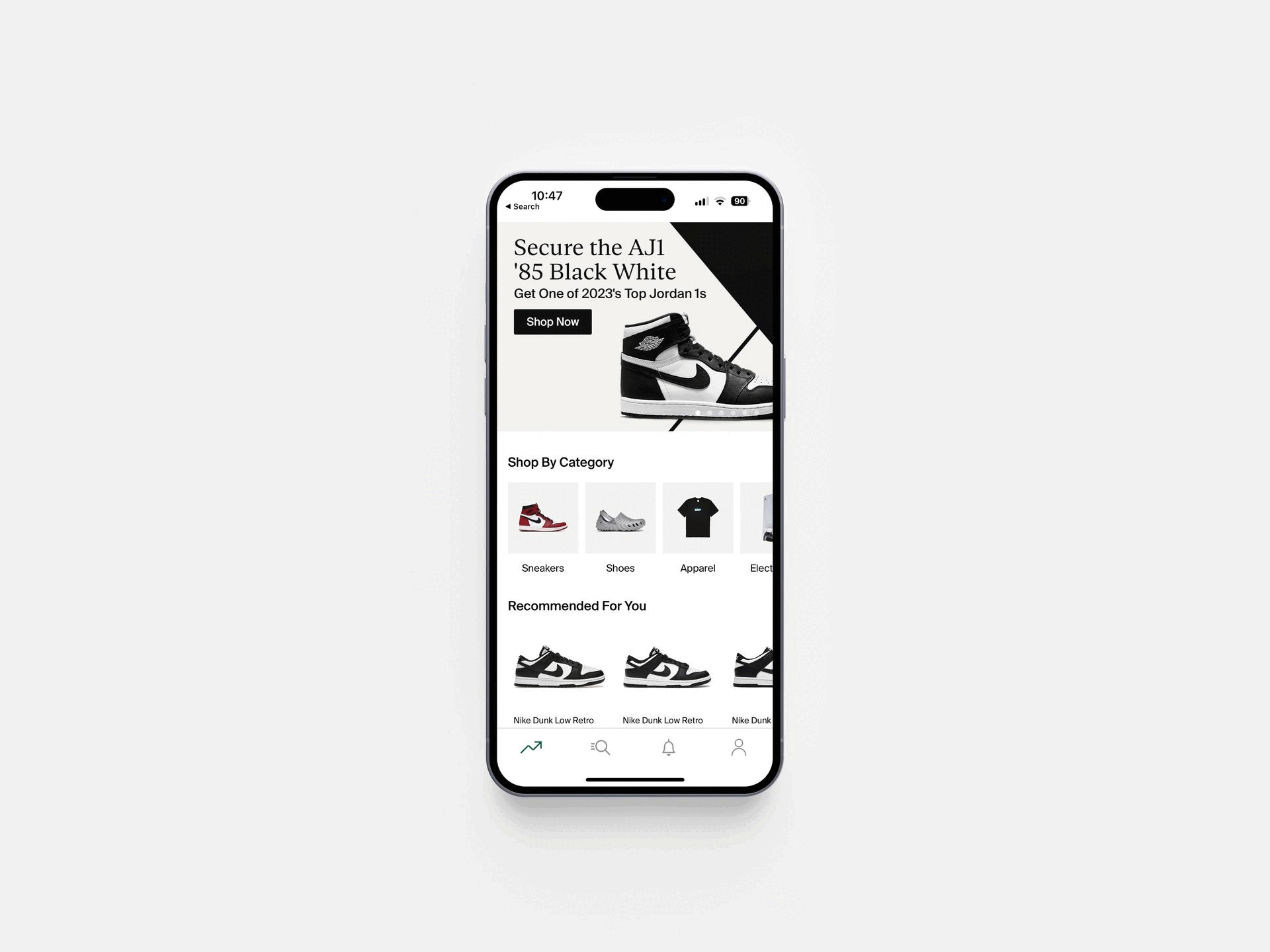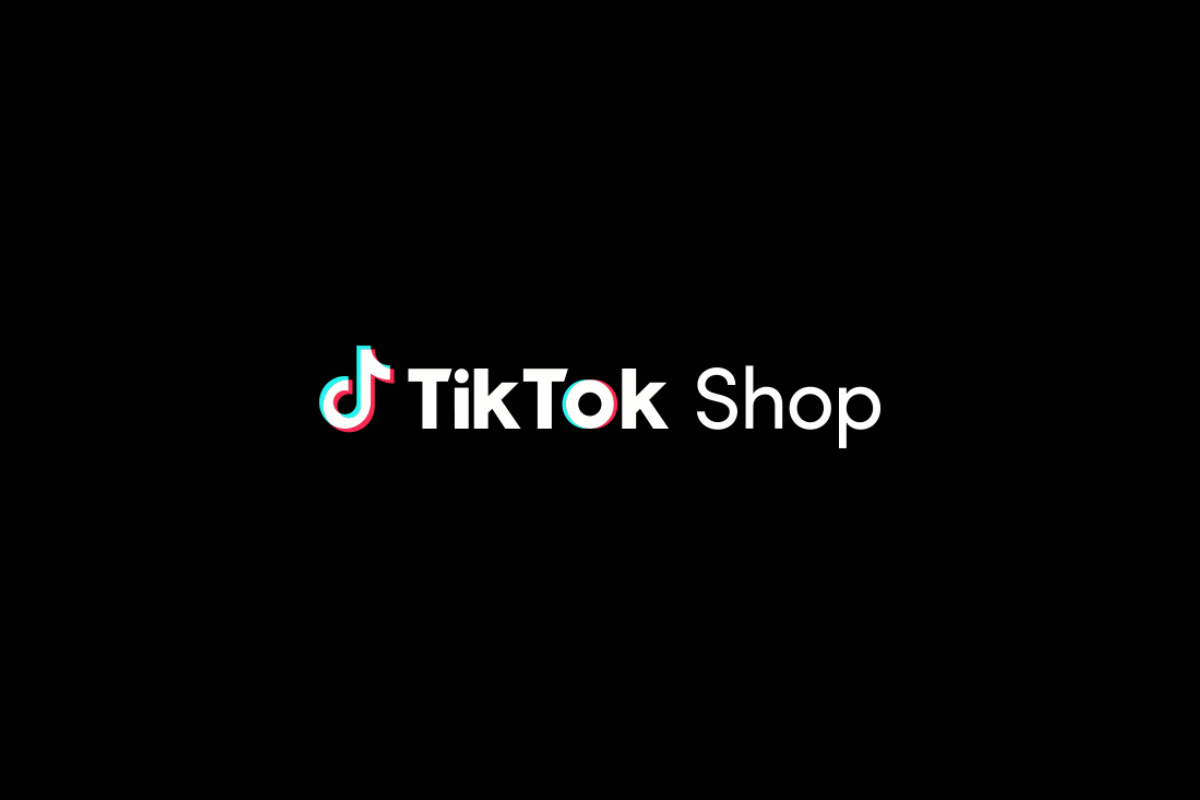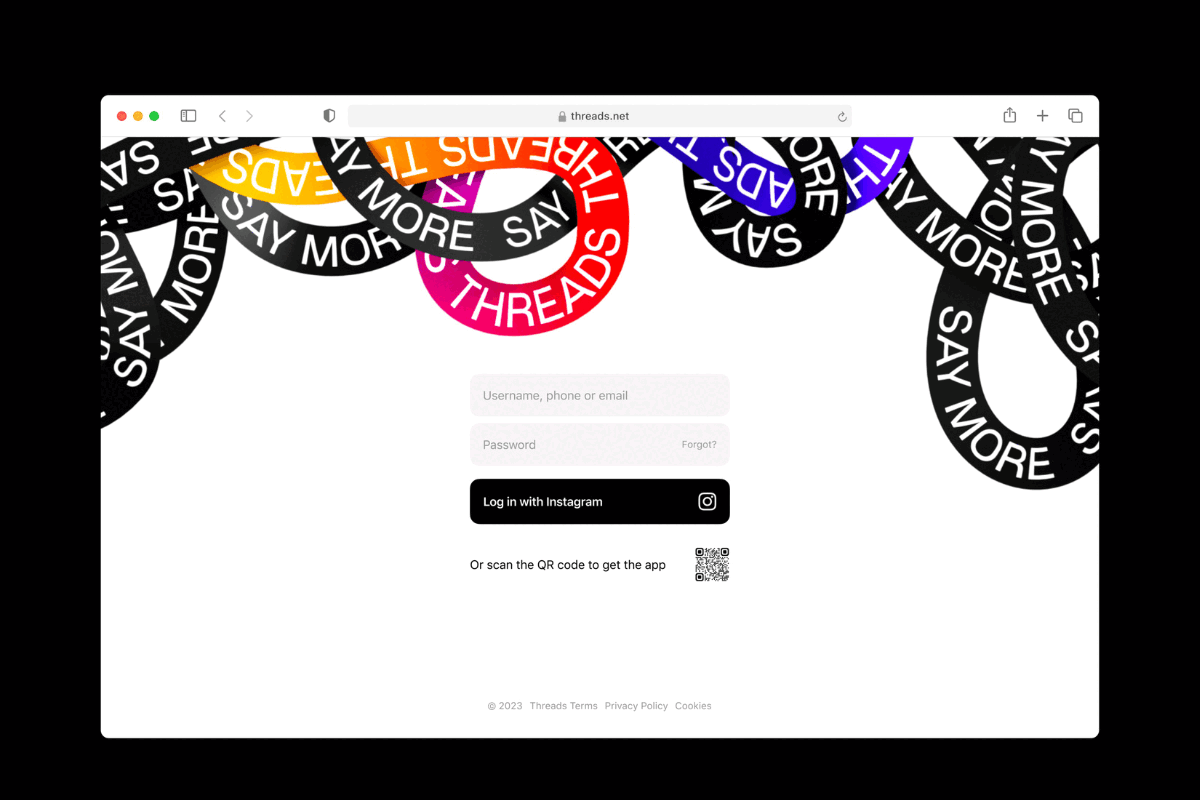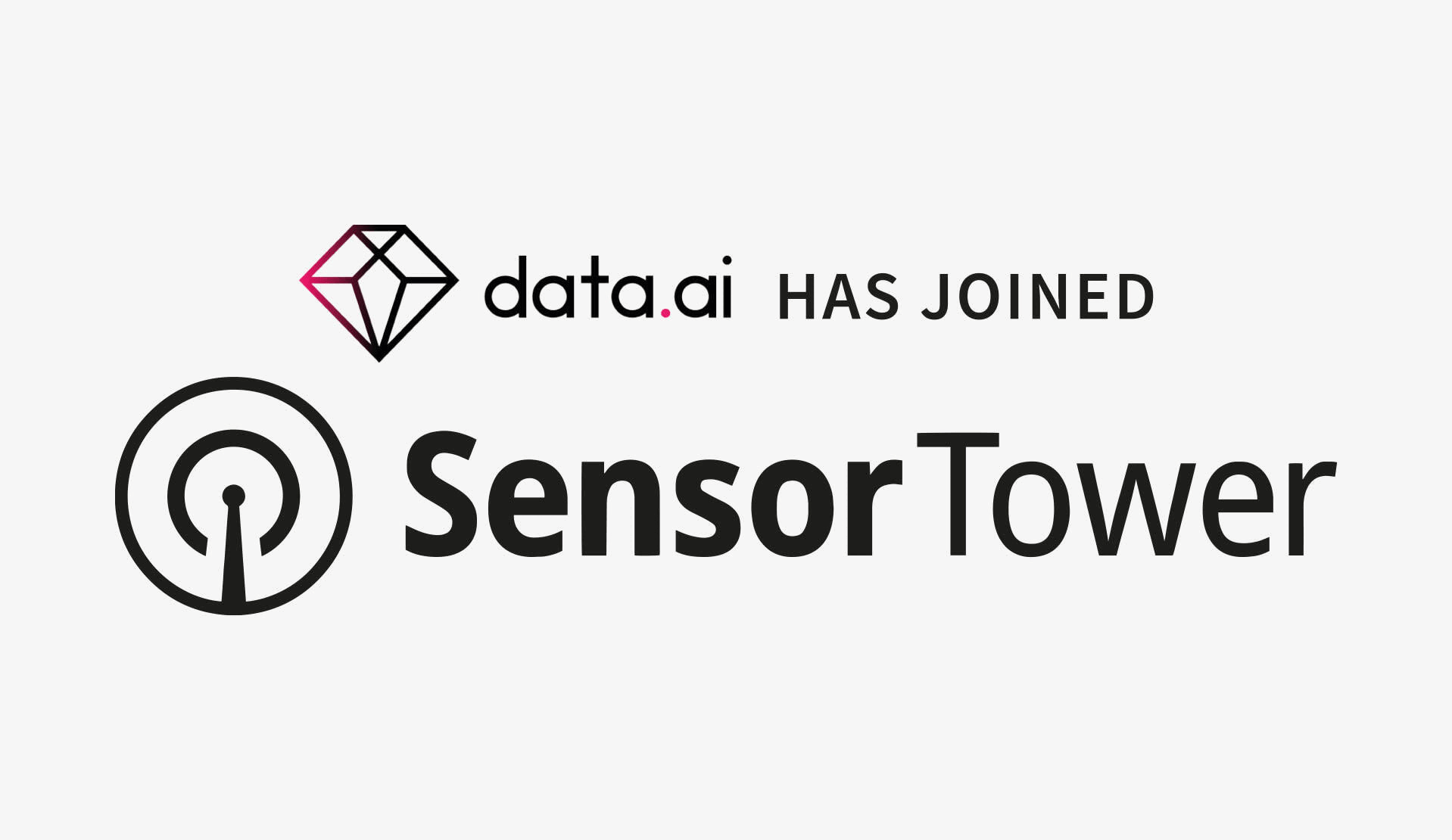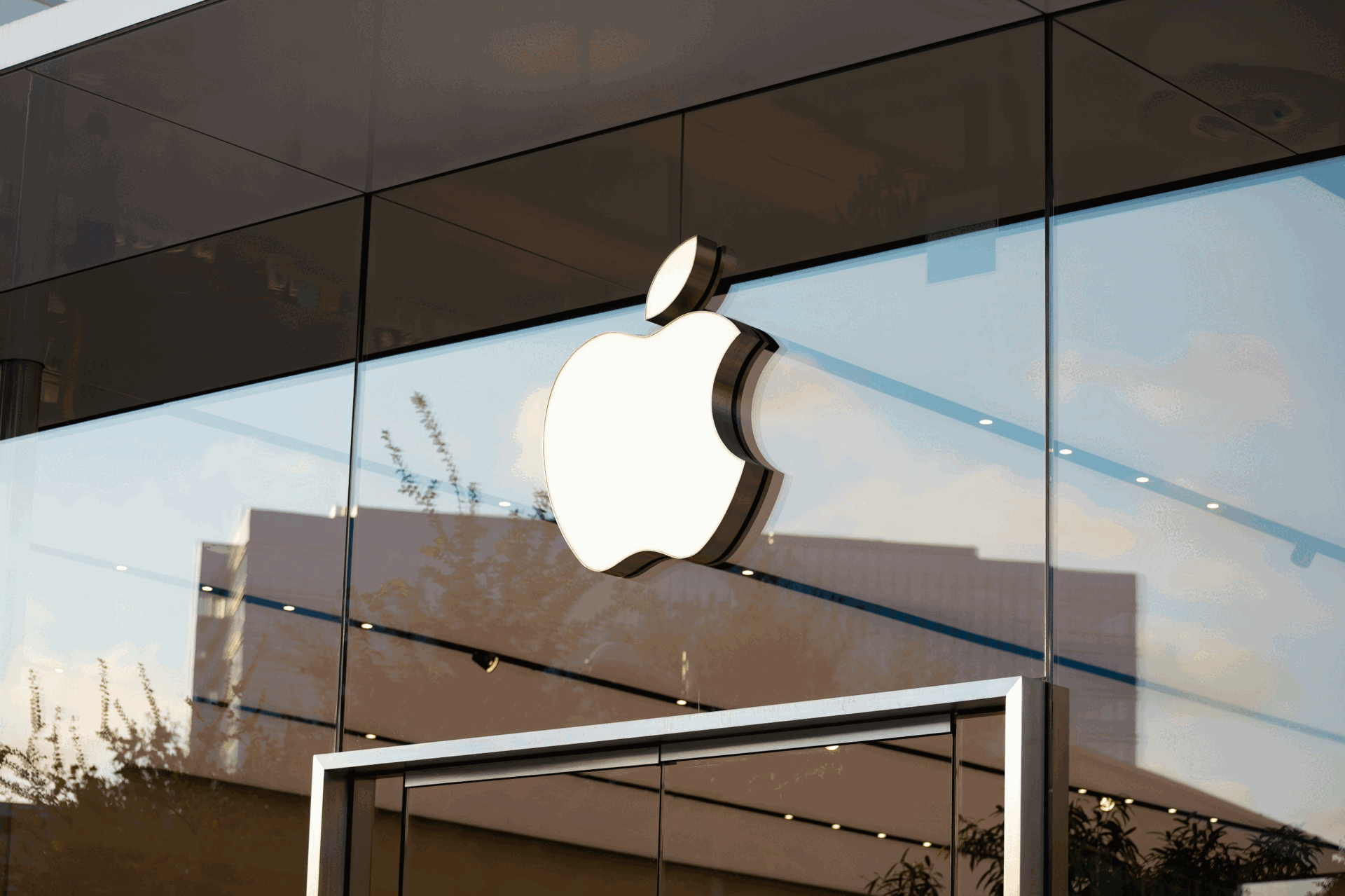Googles I/O Keynote Promises a New Generation of Connectivity
- Tuesday, June 24th, 2014
- Share this article:
 Google has unveiled its next generation of platforms and software development kits (SDKs) during the keynote at its I/O developer conference, promising to lay a foundation for a heavily connected future with its “biggest release to date”.
Google has unveiled its next generation of platforms and software development kits (SDKs) during the keynote at its I/O developer conference, promising to lay a foundation for a heavily connected future with its “biggest release to date”.
The keynote presentation, which was viewed by over 1m people across the world, touched on every element of Googles business, from Android phones to cloud-based computing. The success of mobile platforms, both phones and tablets, was a large theme, with the centrality of the smartphone in the connected world recurring again and again.
Discussing Googles intention to tackle reaching new customers in emerging markets, Googles senior VP of Android, Chrome and apps Sindar Pichai announced Android One, an initiative that provides manufacturers with a set of hardware reference points for affordable phones that will run stock Android, with automatic updates and auto-installs of software and apps appropriate for a given market. Google is working with three manufacturers in India, as well as local network providers, to produce cheap smartphones for new groups of consumers.
Next, the company detailed Android L, the new version of their smartphone and tablet OS. The primary focus was its new Material Design, which would provide “one consistent vision for mobile, tablets, desktop and beyond”, covering from the Android UI to the new Chrome design on mobile web.
The new design tool allows developers to specify elevation for elements with the UI, floating buttons and panels over the background with real-time shadows, and provides baseline grids to ease design transition between channels. Material Design also creates animated transitions between activities and even different apps.
Numerous other improvements to Android were announced, such as an updated notification centre and Personal Unlocking, that enables users to avoid entering pass codes to access their phones by keying the devices to locations, other bluetooth devices or even voice patterns.
Talking about the innovations Android was making, Pichai invited comparisons to Apples recent launch of iOS 8, saying “we arent building a vertically integrated product; what we are doing is building an open platform, at scale”, before going on to point out that Android had elements like custom keyboards and widgets four to five years ago.
The presentation then discussed how important the multiscreen world and connected devices were to Ls release. Platforms and SDKs were unveiled for wearables, connected cars and connected TVs, all of which would be compatible with Ls functionality and design.
Android Wear, the platform for wearable technology, focused on smart watches, with LG and Samsung devices announced as available now, running on the platform. It supports both square and circle-screened devices, and will auto-connect notifications from phones to wearables, and auto-install and update apps that a user already has on their phone that have wearable interfaces.
The Android Auto platform and SDK focuses on navigation, communication and audio entertainment, which Googles research showed were the primary concerns for motorists. All elements were voice-activated, and the first cars with Android Auto built into their systems will be appearing on lots by the end of the year.
The connected TV platform, Android TV, uses a stripped back interface designed for easier use while users are further back from the screen, and can be controlled through game controllers, virtual controls on smartphones and even smartwatches. Like Android Auto, Google has partnered with manufacturers and Sony and Sharp televisions running on Android TV will be released soon.
While there were other announcements, such as work on bringing mobile and tablet apps to Chromebook laptops, the clear focus was on creating a seamless ecosystem between users connected technology, with the smartphone at the centre of it. Comparisons to Apples iOS 8 launch, which showcased a similar emphasis on the multi-screen experience, are inevitable, but at this early stage, its difficult to tell which company is in a stronger position as this new area of consumer technology opens up.




